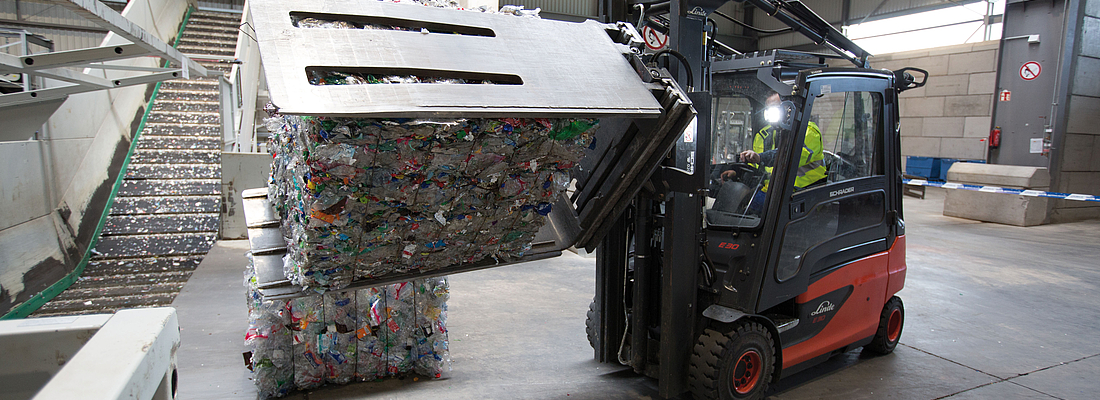

At their new PET processing facility in Hamburg, Rhenus PET Recycling have begun to process their first PET bales.
In Germany alone, over 450,000 metric tons of used PET bottles are collected each year. It is therefore important to create opportunities for processing and to close material cycles. With a production volume of around 40 million metric tons per year, PET bottles are the leading type of packaging for drinks across the globe.
Rhenus PET Recycling opened one of the most modern processing facilities for PET plastics in Europe on April 20th in Hamburg, following a construction period of a year. The plant is the company’s third operating site after Gelsenkirchen and Lüneburg. Rhenus will be capable of producing up to 20,000 metric tons of flakes from used PET bottles at the site each year. The bottles predominantly come from the retail trade in the catchment area around Hamburg. The new processing facility in Hamburg-Wilhelmsburg consists of a sorting line, a wet-shredding mill and a washing line, and turns single-use bottles into plastic flakes which can be reused.
Processing takes only a few minutes
Bottles agglomerated into bales and briquettes are fed into the sorting line, where sealing tops, film, cans, loose labels and contaminants are removed before the bottles are then sorted by colour (limpid and coloured). All of this is done by optical sorters and ballistic separators.
The bottles then go into the wet-shredding mill where they are crushed to flakes.
In a third step, the washing line, the flakes are hot washed and dried. Any labels and glue residues are removed during this stage, and foreign plastics such as sealing tops and metal particles are separated.
Finally, the flakes are packaged in FIBCs – large bulk storage bags.
Sustainability in the spotlight:
-A combined heat and power plant supplies the facility with additional electrical energy and heat.
-The water used in the hot washing stage is processed and retained in the loop.
-The site is furnished with energy-saving LED lights.
-Separated foreign plastics such as screenings, plastic labels or sealing top regrind are further processed for the manufacturing industry at Rhenus PET Recycling’s facility in Lüneburg, or at RE Plano in Lünen, to be used in the production of garden furniture, for example.
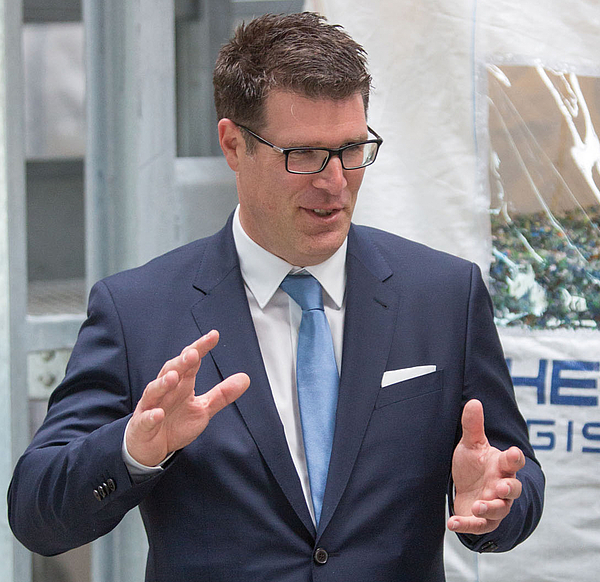
Fig. 1: Ralf Mandelatz, Managing Director, Rhenus Recycling
Rhenus PET Recycling was founded in 2012 and took over the fixed assets of STF Recycling West in Gelsenkirchen. Rhenus is a 100% subsidiary of Rhenus Recycling, a joint venture company of Rhenus and REMONDIS.
The Rhenus Group is a worldwide logistics service provider with an annual turnover of € 4.6 billion. Rhenus has business locations at more than 500 sites and employs over 26,000 people. The business areas Contract Logistics, Freight Logistics, Port Logistics and Public Transport cover the management of complex supply chains and innovative, value-added services.
Rhenus purchased a plant in Lüneburg from LünePET at the turn of the year 2013/2014, gaining a second PET Recycling operating facility. This facility is where many of the by-products from the other PET processing facilities are further sorted and finished ready for material recycling in Europe.
The new processing facility at Eversween in Hamburg is their third site. A counting centre for single-use bottles with deposits is located in the immediate vicinity, as well as a Rhenus Recycling glass processing facility and the Rhenus Office Systems archive.
The site, which measures 2.5 hectares, provides around 11,000 square metres of warehouse and covered space for the facility’s manufacturing technology and for storing the raw and finished items.
Together, the three operating facilities for PET processing in Gelsenkirchen, Lüneburg and Hamburg, are able to produce around 50,000 metric tons of PET flakes per year.
comPETence caught up with Ralf Mandelatz, Managing Director of Rhenus Recycling to discuss PET recycling in general, and more specifically the new facility, the markets, as well as current and future challenges.
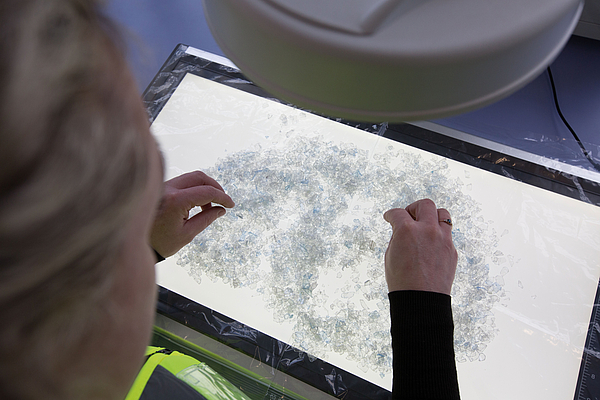
“Around the world, PET bottles are the most popular packaging for drinks. Our plant contributes to the reuse of PET plastic.”
comPETence caught up with Ralf Mandelatz, Managing Director of Rhenus Recycling to discuss PET recycling in general, and more specifically the new facility, the markets, as well as current and future challenges.
Why PET recycling - why Hamburg?
Rhenus is right in the heart of the PET value-added chain through collecting, counting and billing from the deposit system. We are involved in all those roles and therefore, it is the next consistent and logical step to move into recovery. Rhenus entered this sector in Gelsenkirchen in 2012. The Rethmann group has been processing PET since 2001. In addition to the Rhenus Recycling sites mentioned above, Remondis also operates a PET processing facility in Taiwan. Why Hamburg? Because there was demand in the north following the closure of STF’s activities in Bremerhaven and Einbeck – therefore the north. And in Hamburg there was a property which met all our requirements. And the synergy effects also meant that here we are able to focus the various activities of Rhenus at one site.
Controlling the material flow is one of the key factors in successful PET recycling. How large is your catchment area?
Our catchment area around Hamburg has a radius of around 200 km. Together with our network in Gelsenkirchen, we cover – broadly speaking – the areas north of the river Main.
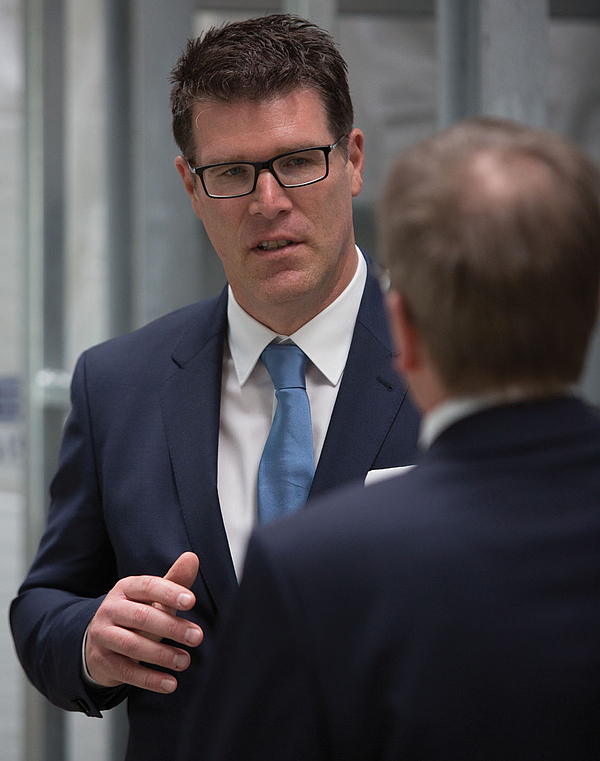
Is bottle-to-bottle recycling an option for Rhenus?
At the moment Rhenus concentrates on hot washed flakes. The further processing is taken care of by our buyers, who in turn are so varied that they also make up the “mass balance” of PCI. For example, the limpid material is processed to make film, whilst the colourful material is used for producing banding tape or even fibres. Our flakes are also used in the production of food grade quality packaging. The packaging manufacturer undertakes the necessary processing steps for the flakes.
Let’s stay with the technical aspects for a moment. You mentioned that all bales are scanned upon entry?
Yes, so that we know exactly origin of each bale that goes on the conveyor belt. Thanks to the short throughput time we are able to trace the slump back to the bale relatively easily.
What is the average residence time in this type of facility?
Not counting the intermediate buffers, we have an average residence time of around half an hour.
Renewable raw materials: Is this a relevant topic for you?
It is still not particularly significant in our opinion.
Are you considering going a step further and offering, for example, bottle grades?
It is no secret that we are certainly going to explore this in detail over the next 2–3 years.
What is the effect of price developments on plastics and recycling?
For a long time now, we have only seen prices move in one direction: down. Of course there are peaks from time to time due caused by developments in the market, but basically the market is only moving in one direction. The speed of this downwards spiral poses a problem for the entire market, also for bottles, flakes, regranulate and also virgin resin. These unstable and unpredictable market conditions make our clients are more reluctant and cautious. Everyone is hoping to see a reversal in this market trend, or rather, that the market stabilises.
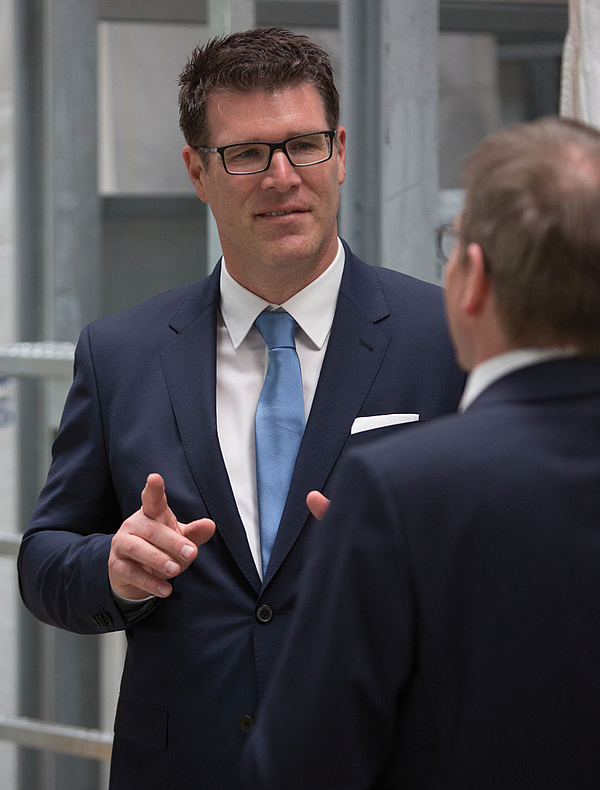
Have regulations tightened? Has it become more difficult to construct a recycling facility of this kind in Germany, in Europe?
We built the facility here in Hamburg in accordance with the most recent directives for plastic storage and of course, we have also taken precautions for fire safety, storing bales in halls and for flooding – which are already extra expenses. But it was our own decision to build a new site which is particularly resource-efficient. For example, we treat the water used in the hot washing stage so that we can retain it within the process. We also obtain some of the electrical energy and heat that we require from our own combined heat and power plant at the site.
What share of PET recycling in Germany do you take care of?
We have two facilities with around 40,000 metric tons of output, approx. 50,000 metric tons of input, and approximately 450,000 tons of total capacity (input).
Future prospects: What are your aspirations for the next 5 years? What are your hopes for the site 5 years from now?
Once the plant here is up and running smoothly, we will double our volume, which will be a challenge for sales. We want to make the most of all the technical possibilities which the facility offers. We have invested heavily in the sorting process because we believe this will enable us to improve production and also the quality of by-products, which are becoming increasingly important.
Is vertical integration a topic which affects you?
The question of whether others apart from Lidl – that is the Schwarz Group – will also tread the path of constructing their own flow of PET recyclable materials – that is to say, recycling their own bottles in their own plants so that they can reuse their own materials – is definitely a crucial one. At Rhenus, we believe in providing services in the classical sense. At the moment, we buy PET bottles, but in the long-term, we can also imagine recycling PET as a sort of service for partners from the food retail trade or from industry.
What is the significance of this vertical integration for the market itself?
The influence which the food retail trade, large bottling companies and packaging manufacturers take on the use of raw materials will have a critical effect on the market of the future. For raw materials used for specific applications, such as bottle-to-bottle, the upcoming European rules on the use of recycled materials coming into direct contact with food will also play an important role. The provisions issued from Brussels will have an effect on the production costs of recycled materials used for food-grade packaging. We will have to wait and see how future directives will be implemented in the EU Member States.
This also means that your current clients could become your competitors.
Yes, it is exciting, and it will remain exciting to see who becomes involved in recycling in the future. But we, too, have the ability and the ambition to develop further, to cover extrusion, post-condensation and the production of regranulates. With this in mind, we would like to integrate ourselves further in this stage of the process. We also want to be in a position to produce specialised, client-specific secondary raw materials. These are the challenges we are facing. We have business connections with many of the economic operators along the PET value-added chain, ranging from drinks bottling companies, food retailers to various users of PET recycled materials. We contribute a lot more to these partnerships than just our knowledge in the area of plastic recycling. We have close ties with our clients and are able to draw on the Rethmann Group’s broad service portfolio. Here at the site in Hamburg we also have the potential to process materials from the lightweight packaging waste collection (yellow bag), which even now are often exported to the Far East. This gives us the flexibility needed to be able to respond to future market developments.
Thank you for taking the time to talk to us.
The comPETence center provides your organisation with a dynamic, cost effective way to promote your products and services.

magazine
Find our premium articles, interviews, reports and more
in 3 issues in 2026.


